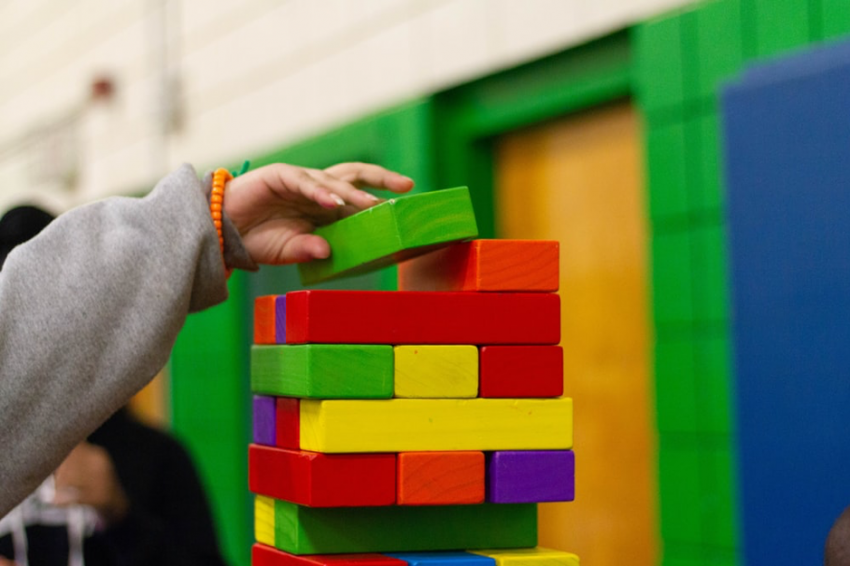
Creating a stepfamily is a process just like building a house. There’s a need for preparation, vision, time, energy, compromise, patience and much more. While you may be overwhelmed with feelings of love and desire right now, creating stepfamily home together requires a very strong foundation and there’s a lot to consider. Don’t be in a rush!
Stepfamilies come with unique dynamics, it’s about identifying the key variables which impact their complexity and potential challenges that is the key. Truly recognising the importance of a stepfamilies uniqueness and learning the necessary skills is essential in developing your unique family unit.
It begins with you – the couple. You may be surprised by your reactions entering into a stepfamily, this is normal due to the dynamics distinctive to stepfamilies. Once becoming aware of these dynamics, you can begin to cope with the issues related to stepfamily development, and toward solutions to these issues.
- Dynamics unique to stepfamilies
- The child/parent relationship precedes the couple relationship
- There are no blood ties between some members
- The relationships may not be close – and respect is emphasised
- The biological parent elsewhere has influence on the members
- There are complex extended relationships
- The role of the stepparent is achieved over time
- The biological parent can feel torn between the children and his partner
- Children can often feel torn between their parents or stepparent and parent
- There is an unequal adult relationship
- The ‘instant’ family may or may not be accepted as such by members
- There is little or no shared history
- There is loss and grief around what they have lost
Knowing how these dynamics effect the development of a stepfamily is the beginning. The need to ‘normalise’ the stepfamily experience, establish realistic expectations, strengthen the couple bond and enhance communication by clearly defining unambiguous stepparent roles and provide clear boundaries for communication with the ex-partner.
Stepfamily development stages (Papernow.P)
- The fantasy stage – the ‘honeymoon’ stage which is filled with unrealistic expectations
- The immersion stage – anxiety around unmet expectation, and disillusionment around differences
- The mobilisation stage – opening up between partners where they begin to discuss their issues rather than withdrawing or through argument
- The action stage – becoming a team and working together to make the necessary changes
- The contact stage – where a sense of intimacy and closeness starts to develop
- The resolution stage – this is where solutions have been found creating a more harmonious stepfamily and the relationships within it
By briefly explaining the unique dynamics in stepfamilies - the skills necessary to make it work and the developmental stages of a stepfamily you will gain what is required to build a stepfamily that won’t fall down. With understanding you will be heading in the right direction to addressing the issues and unique challenges that come with living in a stepfamily.


